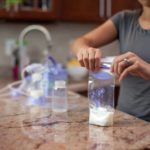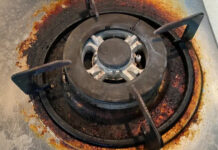Breast milk is the best source of nutrition for infants, and exclusive breastfeeding is recommended for the first six months of a baby’s life. When mothers have to return to work soon after giving birth, the only way to ensure their babies continue to receive breast milk is to express and store it at home. However, to prevent spoilage and maintain its nutritional value, mothers need to learn proper milk storage and reheating techniques. Check out these methods for safely reheating breast milk.
1 How to Thaw Frozen Breast Milk
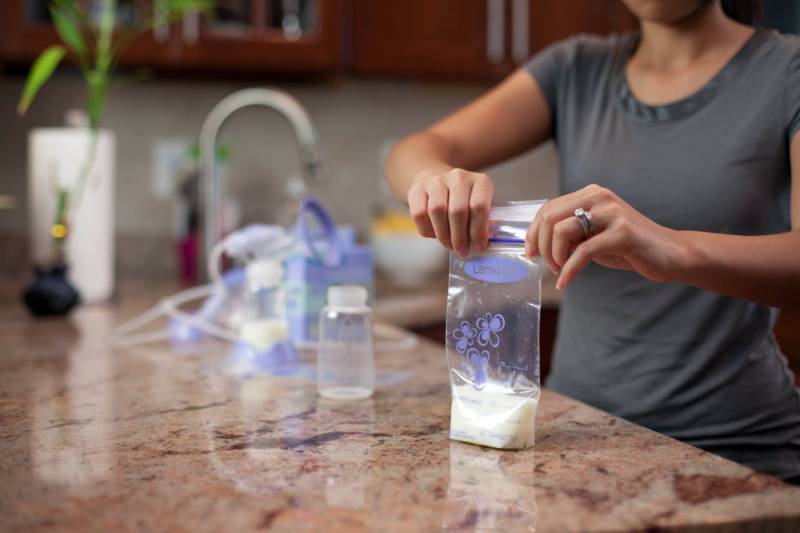 Thaw frozen breast milk
Thaw frozen breast milk
Frozen breast milk can be stored for up to six months. If you consistently have excess milk, the best method is to express and store it in specialized milk storage bags in your freezer. However, before using frozen milk, you need to thaw it by placing the frozen bags in the refrigerator for about eight hours to ensure complete defrosting without any ice crystals remaining.
2 How to Warm Breast Milk for Infants
Warming breast milk for infants without losing its nutritional value can be a challenge for new mothers. Here are some tips from the BachhoaXANH’s “Useful Tips” section to help you out:
Use Running Water to Thaw and Gradually Warm the Milk
To warm frozen breast milk, place the bag under running water, starting with cold water and gradually increasing the temperature.
As the water temperature rises, the milk will gently warm without damaging its nutrients. Once the milk is warm, it can be fed to the baby.
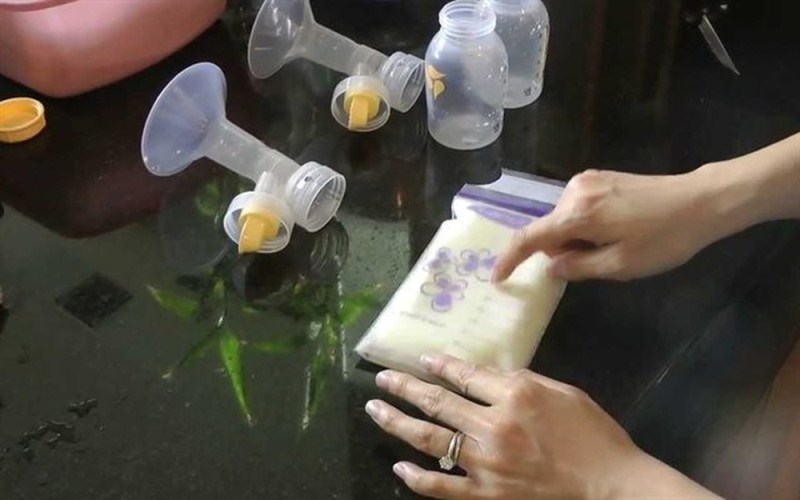 Use running water to thaw and warm the milk gradually
Use running water to thaw and warm the milk gradually
Warm the Milk by Immersion in Warm Water
If the milk is still frozen, let it thaw at room temperature until all the ice has melted. Then, place the bag in a cup of warm water, ensuring the water isn’t too hot to prevent scalding the baby.
Note: Always test the temperature of the milk on your wrist before feeding it to your baby to ensure it’s not too hot.
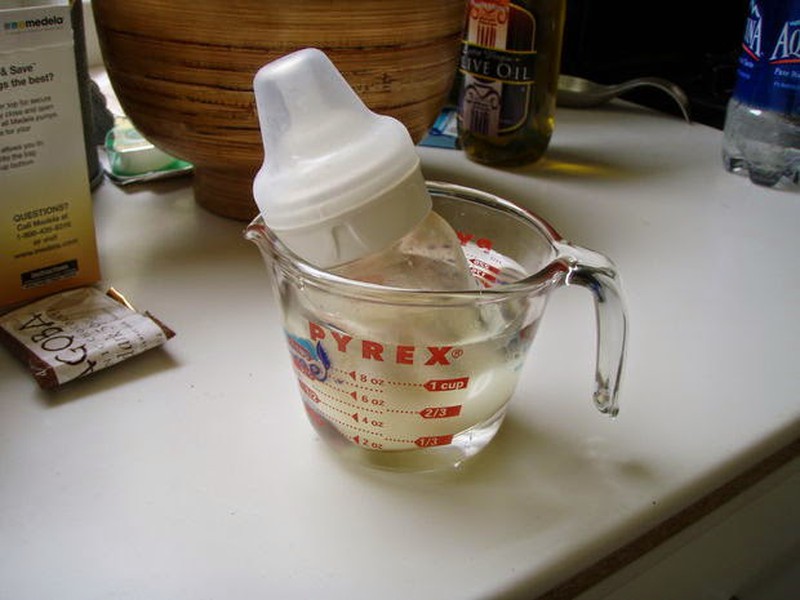 Warm the milk by immersion in warm water
Warm the milk by immersion in warm water
Use a Bottle Warmer
A bottle warmer is a convenient option for reheating breast milk. There are different types of warmers available, some using direct water heating and others relying on steam. Be sure to read the instructions carefully to ensure you’re using the device correctly.
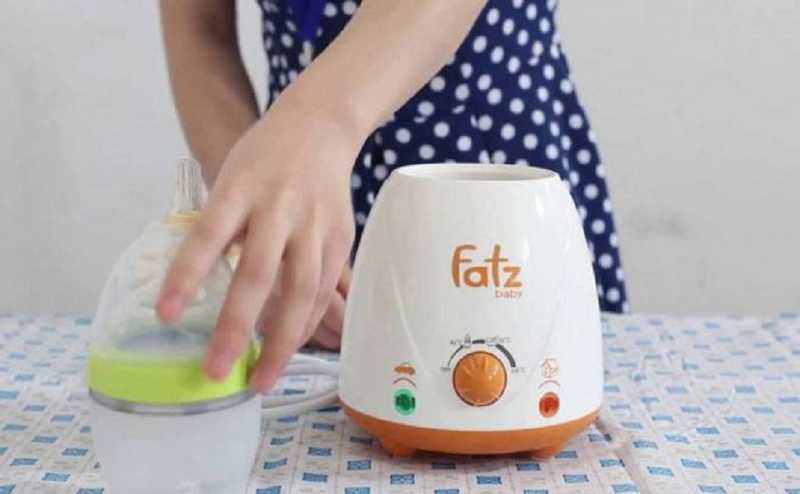 Use a bottle warmer
Use a bottle warmer
For water-based warmers, place the bottle in the heating chamber, fill with water to the indicated level, plug in the device, and adjust the temperature control knob as needed. Once the milk is warm, the device will automatically switch to a keep-warm mode, and you can feed your baby at mealtime.
3 Precautions When Warming Breast Milk
When warming breast milk for infants, keep the following precautions in mind to avoid losing any valuable nutrients:
- Ensure that no water enters the milk bag during the warming process.
- Before feeding, use a spoon to stir the milk and check for any remaining ice crystals.
- Do not warm milk on a stove or in a microwave at high temperatures, as this can destroy beneficial components like antibodies and other micronutrients.
- Only warm the amount of milk your baby will consume in one feeding. If you suspect the milk has spoiled, discard it.
- The ideal temperature for warmed milk is 37 degrees Celsius, similar to a mother’s body temperature. Always swirl the bottle gently to evenly distribute the heat before feeding.
- If your baby doesn’t finish the warmed milk, cover it with a new lid or nipple and store it at room temperature for up to two hours. Before the next feeding, quickly reheat the milk.
The above methods ensure that your baby receives all the nutritional benefits of breast milk while maintaining its safety and quality.


























